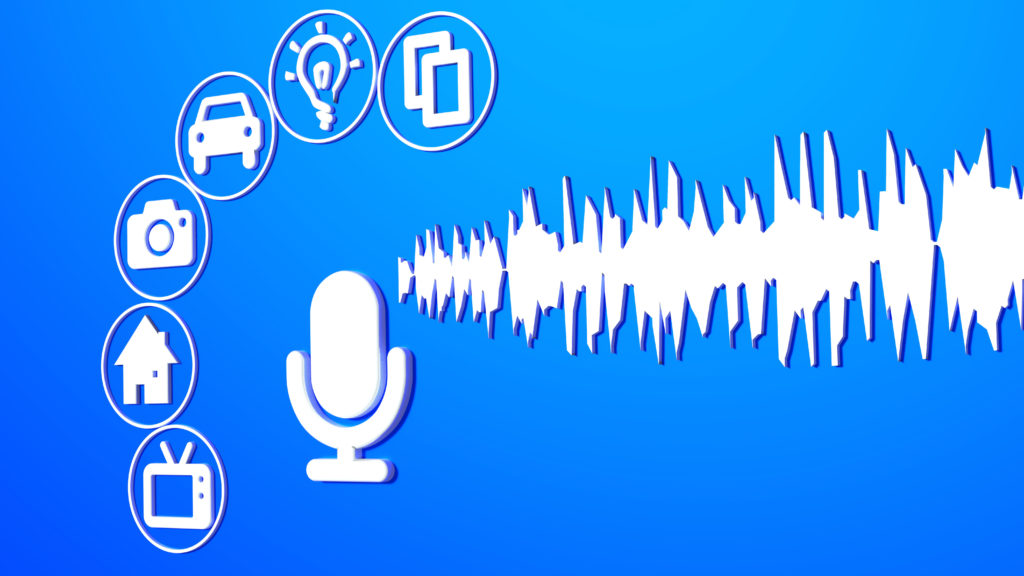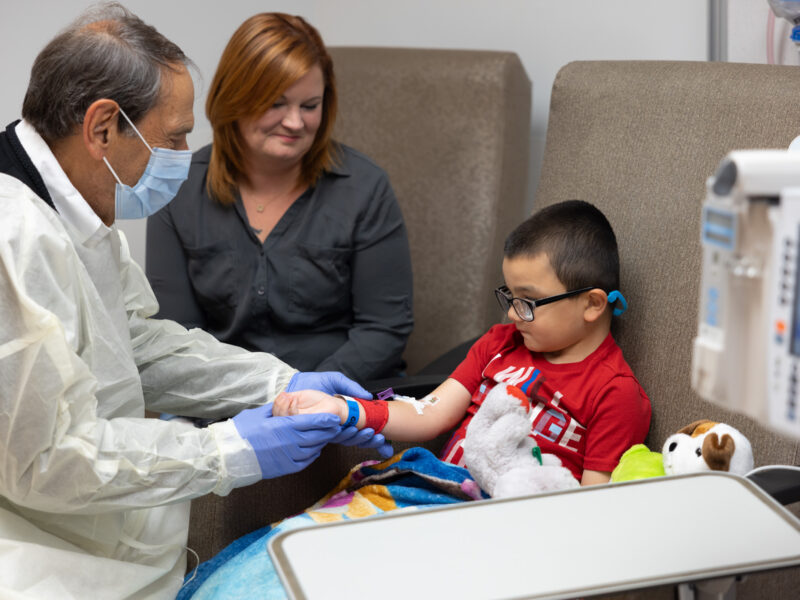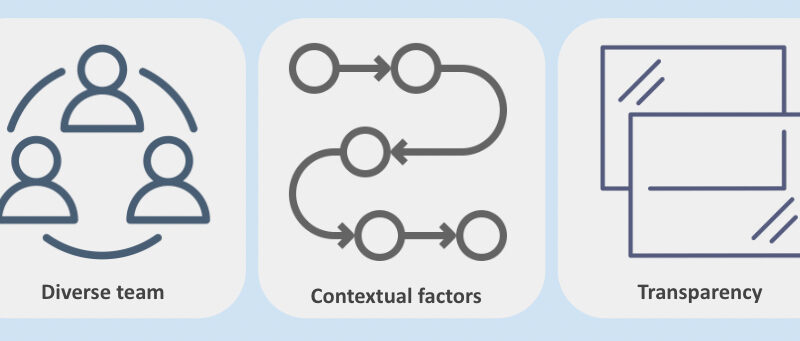Hey Google, Siri and Alexa, How Do We Bring Voice Technology Into Health Care?
Hey Google, Siri and Alexa, How Do We Bring Voice Technology Into Health Care? https://pediatricsnationwide.org/wp-content/uploads/2021/03/AdobeStock_169963182-1024x576.jpeg 1024 576 Katie Brind'Amour, PhD, MS, CHES Katie Brind'Amour, PhD, MS, CHES https://pediatricsnationwide.org/wp-content/uploads/2021/03/Katie-B-portrait.gif- April 16, 2019
- Katie Brind'Amour, PhD, MS, CHES

As voice assistant technology plays an increasing role in everything from home security to baking, researchers at the vanguard of medical innovation must figure out how to appropriately adapt it for the future of health care.
Voice assistant technology has advanced dramatically in the last couple of decades, moving from almost comical talk-to-text tools in early smartphones to today’s extremely accurate dictation services and personal assistance gadgets. Now, these almost ubiquitous technological marvels sit in our pockets and on our tabletops, waiting to utilize any of their tens of thousands of preprogrammed “skills” upon an auditory command. Innovators on the health side of voice assistant technology are eager to make use of this resource, but they face unique challenges.
To make the tools practical and compliant, researchers must develop and refine voice-assisted health care apps that successfully navigate health privacy laws, interoperability, recording limitations, data transmission and artificial intelligence algorithms. That’s why the Research Information Solutions and Innovation (RISI) group at The Research Institute at Nationwide Children’s Hospital collaborate with information technology innovators, legal experts and clinicians alike.
“We noticed a lot of hype right now around the use of voice assistant technology in health care as we have been getting more and more into that space,” says Emre Sezgin, PhD, an IT project scientist in RISI at Nationwide Children’s. “We are a highly collaborative team, and when we find a health problem that could be addressed with technology, we sit down with the stakeholders, such as providers, caregivers and subject-matter experts, to think about the best solution and pull together the project plan.”
One such project is SpeakHealth, funded by a challenge grant for care coordination for children with special health care needs from the Health Resources & Services Administration (HRSA). Rather than having to manually write down each day’s treatments or symptoms, caregivers can use their voice to record the day’s updates in the SpeakHealth app. The app will eventually feed that data into the child’s medical record for physician review. Once a learning algorithm can effectively summarize and highlight key information, the app should help simplify record-keeping and communication for caregivers while improving the provider’s awareness of the patient’s condition.
“There is some concern over information overload, because providers worry they have their hands full already with patient electronic medical records and medical notes,” says Dr. Sezgin. “Hopefully, the SpeakHealth app will not create a burden for the providers but provide supportive or supplementary material for them to inform better decision-making.”
Another in-progress project is SMILE, an endeavor funded by the Healthcare Information and Management Systems Society (HIMSS) in response to the agency’s call for innovative approaches to reduce infant mortality among low-income and underserved populations. Ideally, SMILE will deliver personalized nuggets of stress management content and educational tips to guide women through pregnancy and the first year of parenting.
“With the reducing cost of technology, we saw it as an opportune time to reach a broader audience with a digital health tool they could incorporate into their everyday lives,” says Lisa Militello, PhD, assistant professor and a clinician-researcher in the Martha S. Pitzer Center for Women, Children and Youth in The Ohio State University College of Nursing. She collaborates with Dr. Sezgin’s team to turn health education and disparity reduction concepts into technological realities. They hope to build the SMILE prototype quickly, then refine and improve it to prepare it for a larger trial.
Dr. Militello believes that voice assistant technologies could relieve some communication burden between clinicians and patients. For example, parenting tips and other health promotion information briefly discussed during a newborn appointment lasting less than half an hour may be reinforced in the home setting with voice assistant technology. Using technology as an adjunct to clinical care can help break a large amount of important education into smaller pieces delivered over time, making it more digestible.
SMILE and SpeakHealth are just the start. Dr. Sezgin also facilitates voice-assisted research to address care problems among other patient populations, such as integrating SMILE for opioid use disorder in pregnant women and new mothers, another HRSA challenge prize awarded to RISI. Both he and Dr. Militello have also been contacted by colleagues and other institutions about the possibility of expanding the HIMSS and HRSA proof-of-concept projects into other therapeutic areas.
What the popularity of this voice assistant technology means for the future of health care and patient-provider relationships is unknown, however.
“Right now, there’s no hard evidence on the use of voice assistant technology in communicating with providers, but I doubt people will think, ‘I have Alexa, I don’t need to see the doctor,’” Dr. Sezgin says, noting that people already rely heavily on internet searches to self-diagnose or triage before seeing a physician. “It could actually accelerate the process of off-site communication by aiding in follow-up and reminders.”
Dr. Militello agrees.
“I don’t think it will shrink or enhance the primary care provider’s role, I just think it will change, much like the way video conferencing has changed the way we keep in touch with loved ones when we’re away,” she says. “Voice-assisted technology is a tool to reach a broader population and engage people in different ways than we have in the past, to help promote health in our everyday lives — it’s about getting to the user in the moment with what they need the most.”
About the author
Katherine (Katie) Brind’Amour is a freelance medical and health science writer based in Pennsylvania. She has written about nearly every therapeutic area for patients, doctors and the general public. Dr. Brind’Amour specializes in health literacy and patient education. She completed her BS and MS degrees in Biology at Arizona State University and her PhD in Health Services Management and Policy at The Ohio State University. She is a Certified Health Education Specialist and is interested in health promotion via health programs and the communication of medical information.
-
Katie Brind'Amour, PhD, MS, CHEShttps://pediatricsnationwide.org/author/katie-brindamour-phd-ms-ches/April 27, 2014
-
Katie Brind'Amour, PhD, MS, CHEShttps://pediatricsnationwide.org/author/katie-brindamour-phd-ms-ches/April 27, 2014
-
Katie Brind'Amour, PhD, MS, CHEShttps://pediatricsnationwide.org/author/katie-brindamour-phd-ms-ches/April 27, 2014
-
Katie Brind'Amour, PhD, MS, CHEShttps://pediatricsnationwide.org/author/katie-brindamour-phd-ms-ches/April 28, 2014







